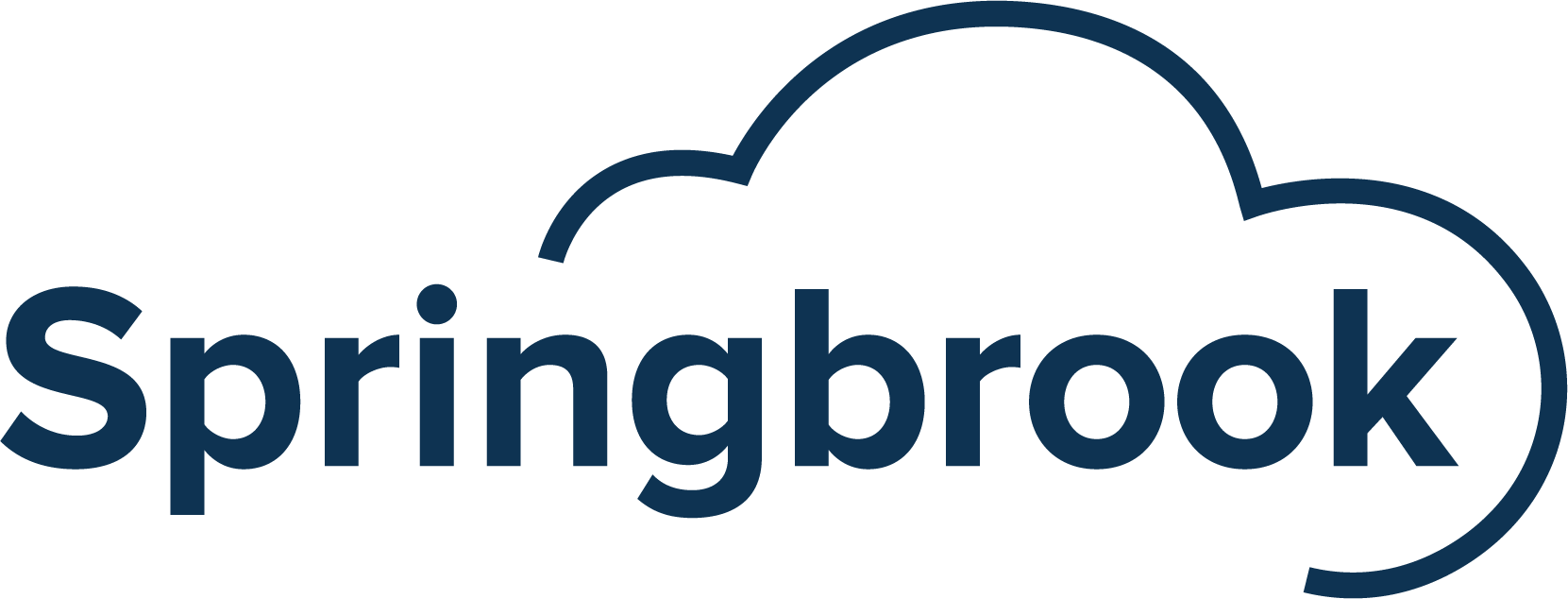Government HR directors play a key role in developing a robust public sector workforce, thereby having a significant impact on meeting citizen needs and the delivery of essential government services. With responsibilities ranging from recruitment and retention to benefits administration and labor relations, these leaders are instrumental in driving organizational success.
Charged with balancing considerations of cost savings with quality, compliance, retention, and regulatory adherence, government HR directors have a difficult job. Amidst demographic shifts and evolving workplace trends, they face a wide range of challenges, from intensified competition for skilled talent, increased employee turnover rates, and limited resources to a shift towards hybrid and remote work settings that have introduced new complexities in managing workforce dynamics.
With the public sector’s rigid compensation structures and disparities in economic recovery across jurisdictions, these challenges will not be easy to overcome. But by embracing innovative technology to modernize HR processes, organizations can find solutions to some of their most pressing hiring, compliance, and financial challenges.
In this blog post, we’ll explore the vital role of government HR directors, the unique challenges they encounter, and the solutions offered by advanced technology.
-
Workforce Planning & Succession Management
In 2024, many government institutions continue to run understaffed. Disproportionately impacted by budget cuts, furloughs, and service stoppages during the height of the Covid-19 pandemic, public-sector employers have lagged behind their private-sector counterparts in recovering from job losses. This issue is compounded by the large number of seasoned, retirement-age professionals exiting the field, a phenomenon dubbed the “silver tsunami,” as well as by the “great resignation,” which has made it increasingly difficult to retain a skilled workforce and fill open positions in recent years.
Although 45,000 state and local government jobs have been added in December 2023, The American Federation of State, County, and Municipal Employees (AFSCME) and its affiliates continue to report large numbers of vacancies across the country. According to a MissionSquare survey, skilled positions are among the most difficult to fill. 78% of responders indicated that they were in need of workers with analytical and critical thinking skills, while 64% said the same of workers with interpersonal skills. This pressing need for knowledge workers existed long before the pandemic, but it has been exacerbated by a shift to increasingly digital workflows in all areas of government operations.
These vacancies have a direct impact on the communities agencies serve and the delivery of key government services, from 911, police, fire, and EMS response to solid waste collection, street repairs, and more. Some governments have cut back on essential services, such as public safety. These talent shortages have led to a renewed focus on succession planning and organizational culture within government organizations.
How Technology Can Help
One of the primary benefits of advanced technology is its ability to ease the strain of increasingly complex processes on the existing government workforce, particularly as they navigate staffing shortages. Technology can automate mindless tasks that take up valuable time and energy and provide employees with leading-edge tools, reducing the likelihood of talented employees leaving to join more technology-driven private corporations.
A modern finance ERP solution tailored to the specific needs of the public sector offers understaffed HR teams the tools to succeed with a limited team by automating and simplifying routine HR tasks, from payroll and overtime calculations to timecard approvals, regulatory compliance, as well as state and federal reporting. With features such as an online time clock and timecard, and complete mobile access, HR professionals can streamline workflows, boost efficiency, and free their staff to focus on more strategic initiatives.
Leading finance ERP solutions, such as Springbrook’s Cirrus, also simplify hiring by offering intuitive tools for applicant tracking and simplifying the management of Cost of Living Adjustments (COLA) used by many organizations to boost recruiting efforts. With a robust ERP solution, HR leaders can also track their existing staff through a single pane of glass, managing everything from promotions to certifications to disciplinary actions through a single user-friendly interface. With full personal histories at their fingertips, HR managers have the information they need to make informed employee retention and hiring decisions.
-
Maintaining Competitive Benefits Despite Budget Constraints
Government budgets have always been notoriously tight, and even more so in recent years, as governments struggle to find resources for operational and capital improvements. Such constraints put limits on employee salaries as well, increasing the likelihood of high turnover rates in organizations. Only 39% of government employees consider their compensation adequate for their contributions.
While government jobs don’t always underpay relative to the private sector, and some state governments have seen their compensation budgets increase in the past couple of years, there are fields and positions where government employers are simply unable to match the generous salaries and benefits packages that private companies offer. Even the mere perception that public sector jobs are underpaid relative to the private sector can be damaging, keeping qualified professionals from exploring public sector opportunities.
Local governments also encounter significantly more constraints when attempting to adjust salary offerings or benefit packages. While bureaucratic rules are not expected to change any time soon, and overhauling job classifications and pay scales is beyond the purview of HR responsibilities, many organizations are now thinking outside the box, focusing on the job perks they are able to offer.
Low-cost healthcare, defined pension, deferred compensation plans, and tuition assistance are among the primary benefits offered by government agencies to attract and retain top talent. Many organizations are also focusing on improving workplace culture and offering opportunities for training and development that play a key role in how satisfied employees feel in their day-to-day jobs.
How Technology Can Help
While a modern ERP solution can not increase an organization’s hiring budget, it can provide local governments with the tools they need to make the most of the resources at their disposal. ERP systems help HR departments allocate resources more efficiently by identifying areas where cost savings can be realized without compromising on the quality of benefits.
Leading-edge finance ERP platforms also serve as unified hubs for managing all aspects of employee benefits, including enrollment, eligibility verification, and communication, enabling local government HR teams to easily manage complex benefits packages and attract qualified personnel. This centralized approach not only ensures consistency in benefit administration but reduces administrative overhead as well.
-
Compliance and Regulations
Contemporary stereotypes about public sector bureaucracy portraying government work as inefficient, overly complex, and slow are greatly exaggerated. But there is a grain of truth in that many local government jobs have more layers and regulations to navigate than private sector positions. In human resources, rigid job parameters, hidebound workflows, and limited opportunities for promotions or increased compensation can greatly hinder employee retention programs.
In addition, government HR departments have to comply with numerous regulations from federal and state employment laws, civil service regulations, labor relations laws, and more. Navigating complex, continuously evolving regulatory requirements, staying up-to-date with changes, and implementing necessary adjustments in HR policies and procedures is a continuous challenge.
Local government agencies are also subject to stringent audit and reporting requirements. Gathering and maintaining the necessary documentation can often be time-consuming and resource-intensive.
How Technology Can Help
Modern ERP solutions simplify compliance with a wide range of regulations with tools such as easy Family and Medical Leave Act (FMLA) tracking and automating complex Fair Labor Standards Act (FLSA) processes. These software platforms offer guidance on dynamic and challenging regulations, enable HR departments to standardize and enforce compliance across the organization, and automate compliance checks by integrating regulatory requirements directly into HR processes.
ERP systems also offer robust reporting tools that enable HR departments to generate compliance reports quickly and accurately. These software solutions keep detailed audit trails, useful for demonstrating compliance during investigations.
-
Remote and Hybrid Work Models
In local government, hybrid work models have gradually replaced regular telework as the flexible work strategy of choice. In a June report, MissionSquare found that 54% of employers included regular hybrid scheduling for eligible positions. While flexible work plays a significant role in hiring and retaining top talent, it can pose significant challenges for human resource management.
Remote and hybrid work can raise legal and liability concerns for government agencies, particularly regarding workers’ compensation and tax implications. Government HR departments must ensure that work arrangements comply with labor laws and regulations, which can be particularly challenging when employees cross state lines. Temporary presence laws, state wage and hours laws, and employee health and welfare benefits must also be considered.
Ensuring effective collaboration among employees is also more challenging to achieve in remote and hybrid teams. Investing in communication tools and establishing the right protocols will be critical in building a cohesive team.
How Technology Can Help
Modern ERP systems provide a centralized platform for tracking labor laws and ensuring adherence to local, state, and federal regulations, no matter where employees are located. Advanced software solutions offer HR teams the flexibility to customize processes and handle any deduction, benefit, or payroll scenario, simplifying compliance even in a distributed work environment.
Leading ERP systems also offer self-service portals for employees to access and update their personal information, request time off, and view pay stubs, empowering remote workers to manage their HR-related tasks independently and reducing the administrative burden on HR staff.
In addition, cloud-based ERP solutions enable remote access to HR functionalities from any location and any device with an internet connection. This allows HR teams to perform tasks such as processing payroll, managing benefits, and accessing employee records remotely without the need for physical access to office systems. Many modern ERP systems also include collaboration features, facilitating communication and collaboration among HR team members, even when working remotely.
The role of government HR directors in ensuring the effectiveness of public sector organizations cannot be overstated. Their responsibilities encompass a wide array of functions, from recruitment and retention to benefits administration and labor relations, all critical to organizational success. Despite the numerous challenges they face, including intensified competition for talent, the complexities of remote work arrangements, and the constraints of the public sector, they remain committed to building a robust government workforce.
By embracing innovative technology, local government organizations can navigate these challenges more effectively and continue to deliver critical services to their communities.
Learn how a modern ERP system can help your organization tackle the most pressing challenges of human resource management. Contact our team today!


